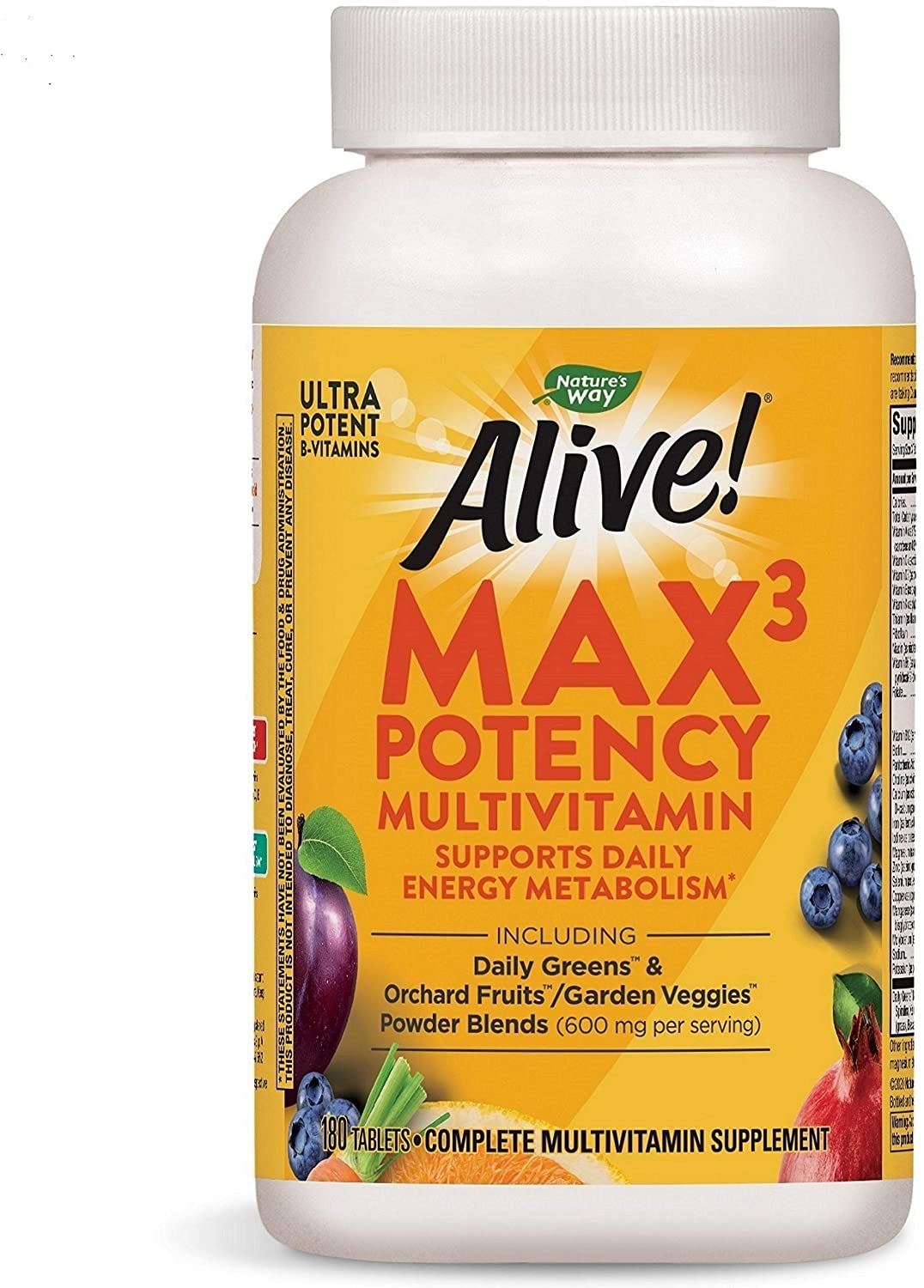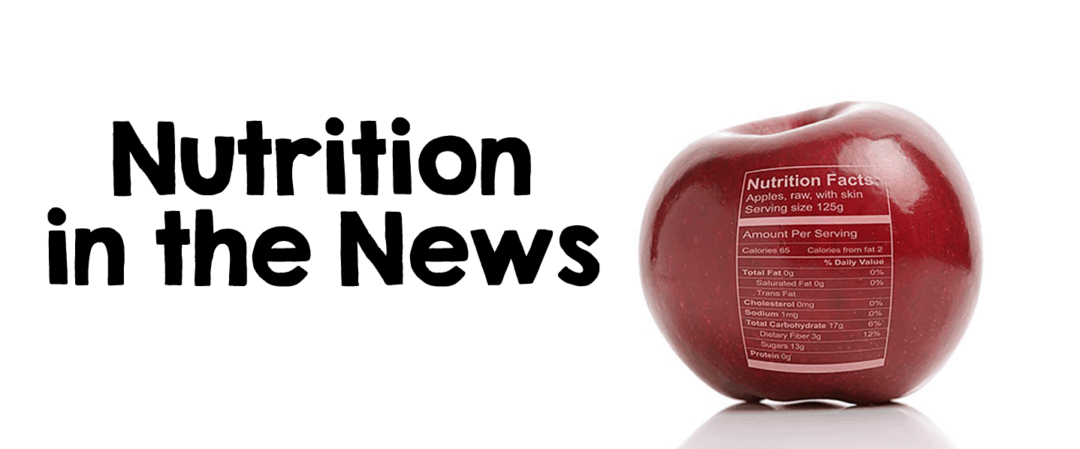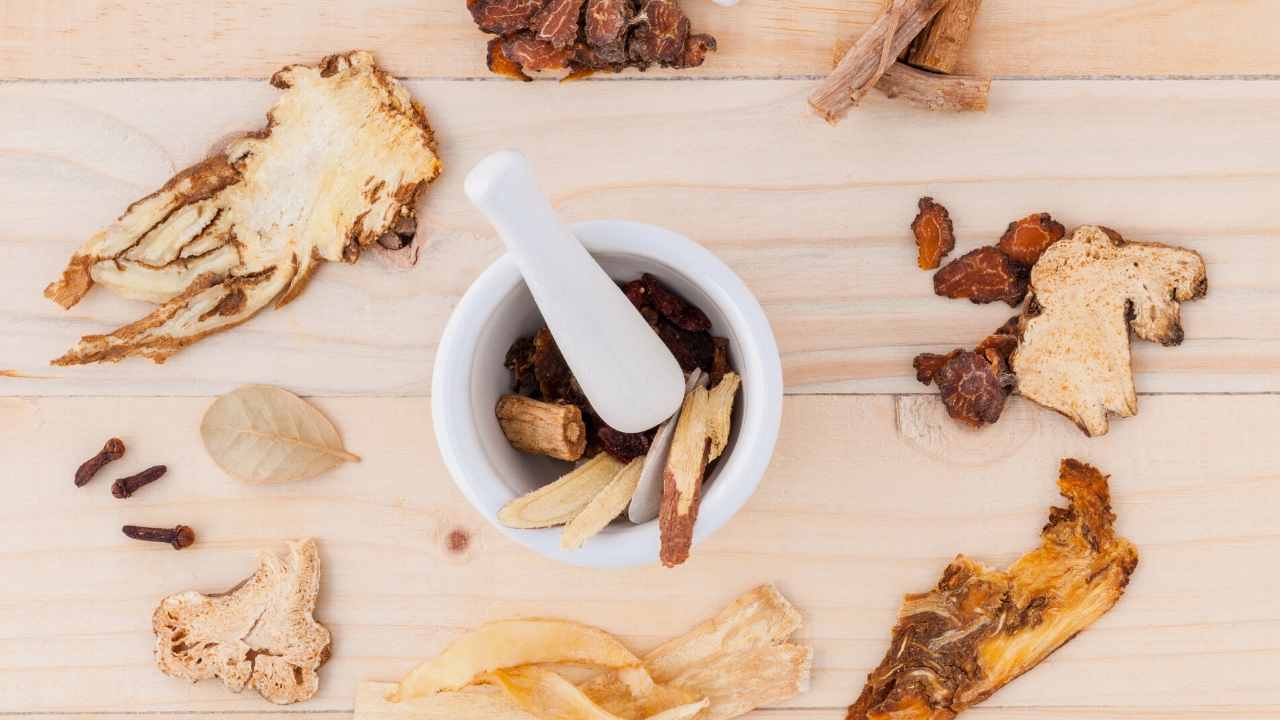
It can be difficult to find healthy eating resources. It doesn't matter if the resources are in print or online, but it can be hard to find them. It is possible to have access to healthy eating resources depending on your lifestyle, grocery store location and budget. There are many sources of information available that can assist you in making informed decisions. Here are some useful sites: Canadian Food Guide, 2. EatRight, 3. Canada's Food Guide, 4. 811HealthLine
MyPlate offers the Dietary Guidelines for Americans. It is helpful for moms-to-be and nursing mothers. You can also find links to the Nutrition Education and Training Materials. These include "Eat Healthy Every Day", Reduce Your Risk of Cardiovascular Disease, and Manage Your Food Resources Wisely. To ensure that your food is healthy, you can use a food thermometer.

We Can! is another resource. initiative. This program works together with families and communities in order to increase nutrition awareness and encourage healthier eating habits. The website offers tips and information regarding "Go Foods", and "Slow Foods," and also explains the benefits of making healthy choices. These resources can be useful for print publications and newsletters. They offer tips about food safety, portion sizes, and teach kids about healthy eating. For more information, please visit the American Diabetes Association’s website.
The Healthy Eating Toolkit can be used by nutrition professionals like dietitians or community educators. It will provide information about nutrition facts and how to interpret them. It includes helpful tips for cooking healthy meals for both children and adults. The U.S. Department of Agriculture (USDA) sponsors the Eat Smart-Eat Smart program. This website features a wide selection of healthy eating recipes and is very inexpensive.
Many of the resources for healthy eating are designed for health professionals. The DHDSP's website contains information and resources that can be used to treat all conditions. This free resource provides tips and recipes for all types of food. It also provides resources for the NIA's online library. You can also find many great resources from the NIA to promote healthy eating in your local community. They should be shared with patients so they can understand the importance of healthy eating habits.

We Can! This chart is also helpful for parents who want their children to eat healthy lunches. It can be confusing to determine what products you should buy for lunches, even though most packaged foods include nutrition facts labels. The We Can! nutrition chart can help you make the right decision for your family. A nutrition graph shows which foods are good for you as well as those that are harmful. When you can decide which foods are best for your family, you can make a great lunch for your kids.
FAQ
Here are 7 ways to live a healthy lifestyle.
-
Be healthy
-
Exercise regularly
-
Sleep well
-
Make sure to drink plenty of water.
-
Get adequate rest
-
Be happy
-
Smile often.
Is cold an indication of a weaker immune system?
There are two types of people in the world: those who love winter and those that hate it. It doesn't matter if you love it or not, it is possible to wonder why it makes you feel so miserable when it gets cold outside.
The fact is that our bodies are designed for warmth and function best. Hot climates are where our food sources are most plentiful, and we evolved to thrive there.
However, our environment is quite different than that of our ancestors. We spend much more time indoors, often exposed to extreme temperatures (cold and heat), and we eat foods that are processed rather than fresh.
Our bodies aren’t accustomed to such extremes. It means that when we do go outdoors, we are often tired, sluggish or even sick.
However, there are some ways to reduce these effects. Keep your body hydrated. Drinking plenty of water will help you keep your body hydrated and flush out toxins.
Another important step is to ensure that you're eating healthy meals. Healthy food will help your body maintain its optimal temperature. This is particularly helpful for anyone who spends long periods of time inside.
It is worth taking a few extra minutes each day to meditate. Meditation can help you relax your mind, body and soul. This makes it easier to manage stress and illnesses.
What can I do to lower my blood pressure?
The first thing you need to do is find out what causes high blood pressure. You must then take steps towards reducing the problem. You can do this by eating less salt, losing weight, or taking medication.
You also need to make sure you are getting enough exercise. If you don't have time for regular exercise, then try walking as often as possible.
Consider joining a gym if your current exercise regimen is not satisfying you. It's likely that you will want to join a gym with other people who are working towards the same goals as you. It's easier for you to exercise if you know that someone will be watching you at the club.
How often do I need to exercise?
Fitness is key to a healthy lifestyle. There is no set time limit for exercising. Find something you like and stay with it.
When you exercise three times per week, aim for 20-30 minutes moderate intensity. Moderate intensity means that your muscles will continue to work hard even after you finish. This type of workout burns around 300 calories.
For those who prefer to walk, you can go for 10-minute walks four times a week. Walking is low in impact and easy for your joints.
Jogging is an alternative to running. You can do it for as little as 15 minutes each day. Running is a great way of burning calories and building muscle tone.
You can start slow if you're new to exercise. Begin with 5 minutes of cardio every other day. Gradually increase the time you do cardio until your goal is reached.
What is the difference between fat and sugar?
Fat is an energy source that comes directly from food. Sugar is a sweet substance that can be found naturally in fruits or vegetables. Both fats, as well sugars, provide the same number calories. Fats however, have more calories than sugars.
The body stores fats and they can lead to obesity. They can cause cholesterol buildup, which can lead you to heart attacks and strokes.
Sugars can be quickly absorbed by your body and give you instant energy. This causes blood glucose levels rise. High blood sugar levels can cause type II diabetes.
Statistics
- Extra virgin olive oil may benefit heart health, as people who consume it have a lower risk for dying from heart attacks and strokes according to some evidence (57Trusted Source (healthline.com)
- In both adults and children, the intake of free sugars should be reduced to less than 10% of total energy intake. (who.int)
- The Dietary Guidelines for Americans recommend keeping added sugar intake below 10% of your daily calorie intake, while the World Health Organization recommends slashing added sugars to 5% or less of your daily calories for optimal health (59Trusted (healthline.com)
- According to the Physical Activity Guidelines for Americans, we should strive for at least 150 minutes of moderate intensity activity each week (54Trusted Source Smoking, harmful use of drugs, and alcohol abuse can all seriously negatively affect your health. (healthline.com)
External Links
How To
How to stay motivated and stick to healthy eating habits and exercise
Staying healthy is possible with these motivation tips
Motivational Tips To Stay Healthy
-
Write down your goals
-
Set realistic goals
-
Be consistent
-
When you reach your goal, reward yourself
-
Do not give up even if you fail your first attempt.
-
Have fun